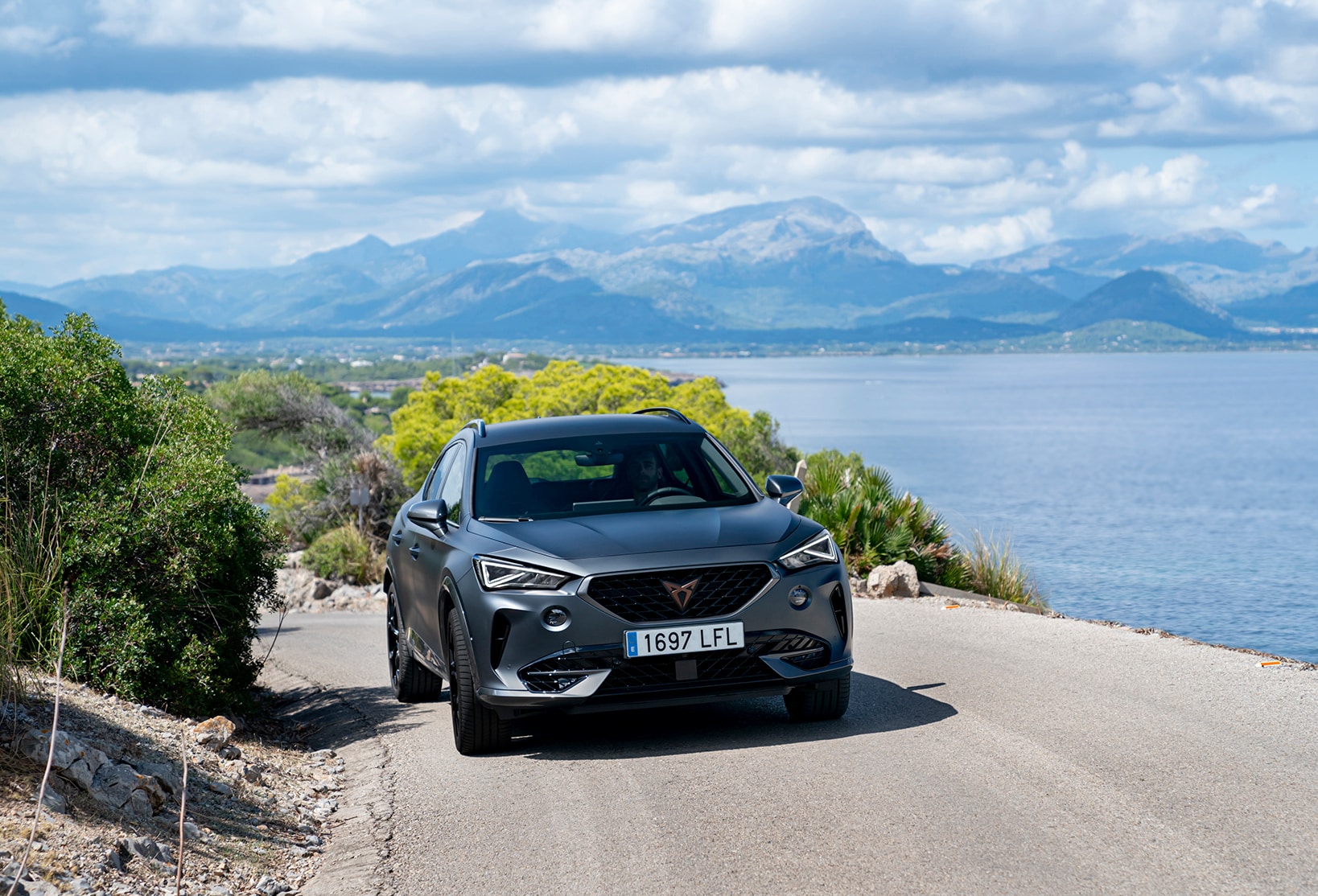Worldwide Harmonised Light-Duty Vehicles Test Procedure (WLTP)

The WLTP test cycle became mandatory in September 2017 for all new car models sold in the European Union, and for all cars sold there since September 2018. The test is also required in many other regions worldwide, including being the most preferred test method for the New Zealand Transport Agency. According to the legal requirement in New Zealand, the data supplied is representative of a basic specification level vehicle. Any options added to the vehicle will impact fuel consumption and emissions.
During the test, the vehicle is loaded with a specific percentage of the payload (15% for passenger cars; 28% for light commercials), and the air conditioning and other auxiliary systems are turned off. The test cycle lasts about 30 minutes and covers a distance of approximately 23.3 km.
The Worldwide Harmonised Light-Duty Vehicle Test Procedure (WLTP) is a laboratory test designed to measure the fuel consumption, emissions, and range of electric vehicles.
The test uses a standardised cycle and conditions to provide more accurate and comparable results between different vehicles, and is more reliable than the previous test (NEDC). However, it's important to note that the WLTP does not precisely replicate real-world driving conditions.
The previous standard for testing vehicle performance, the New European Driving Cycle (NEDC), introduced in 1992, is outdated and not as comprehensive as the WLTP cycleIn contrast, the WLTP test cycle aims to provide more realistic and accurate values during a vehicle's approval testing. It considers a wider range of driving situations and conditions that better reflect real-world driving. As a result, the CO2 emissions and fuel consumption figures for vehicles may appear higher when compared to the NEDC figures currently available.
The WLTP test cycle has several benefits over previous test cycles, including:
Better simulation of real-world driving conditions, providing a more accurate representation of a vehicle's performance.
Greater range of driving situations (urban, suburban, main road, motorway)
Longer test distances: 23.3km.
More realistic ambient temperatures
Higher average and maximum speeds: 46.5 kph average; 131 kph maximum.
Tighter control over vehicle setup, reducing variability between tests.
More dynamic and representative accelerations and decelerations, capturing the true performance characteristics of the vehicle.
The WLTP test measures the electric range of a vehicle with a standardised test consisting of 4 different phases, with varying levels of acceleration, deceleration, and stops. The test is conducted with a fully charged battery and all electrical equipment turned off. The range is determined by the distance the vehicle can travel on a single charge, from fully charged to fully discharged.
It is important to note that the on-board energy consumption computer in electric vehicles calculates the expected range based on previous driving behaviour and conditions. It provides feedback on energy usage and predicted range, helping drivers optimize range and efficiency by adjusting their driving style. Actual range may vary due to individual driving habits and external factors.
The choice of wheels significantly impacts the expected range of an electric vehicle. Different wheel types, such as larger or more aerodynamic designs, can affect efficiency and energy consumption. Wider wheels may reduce range due to increased rolling resistance, while smaller or more aerodynamic wheels maximize range by minimizing drag. When evaluating an electric vehicle's range, it's crucial to consider wheel selection for optimal balance between aesthetics, performance, and desired range.
While the WLTP provides a more realistic representation of on‑road conditions compared to the old NEDC lab test, it cannot account for all variations. Different drivers have unique driving styles, such as varying acceleration, cornering, and braking habits. Additionally, driving conditions like traffic and weather differ between countries.
Due to these factors, there will still be a difference between emissions measured in lab conditions and those encountered in the real world. However, standardised lab tests are essential for directly comparing emissions and fuel consumption across different car models and manufacturers since there is no single real-world emission value.
The WLTP consists of 4 different test phases, each one with a different maximum speed as below. As the speeds of the “Extra high” phase of the WLTP can’t be legally achieved on NZ roads, the government decided to use a WLTP standard including only the first 3 phases. This is known as 3P-WLTP. In order to convert the results into 3P-WLTP, a formula is applied to the 4P-WLTP result.
Low, up to 56.5 km/h
Medium, up to 76.6 km/h
High, up to 97.4 km/h
Extra high, up to 131.3 km/h*
*In New Zealand, the "extra-high" phase of the WLTP test cycle is removed from the fuel consumption and emissions calculations. This is because the extra-high phase involves driving at high speeds that are not within the legal speed limit for New Zealand. The removal of this phase results in more accurate fuel consumption, emissions figures, and range for vehicles in New Zealand.